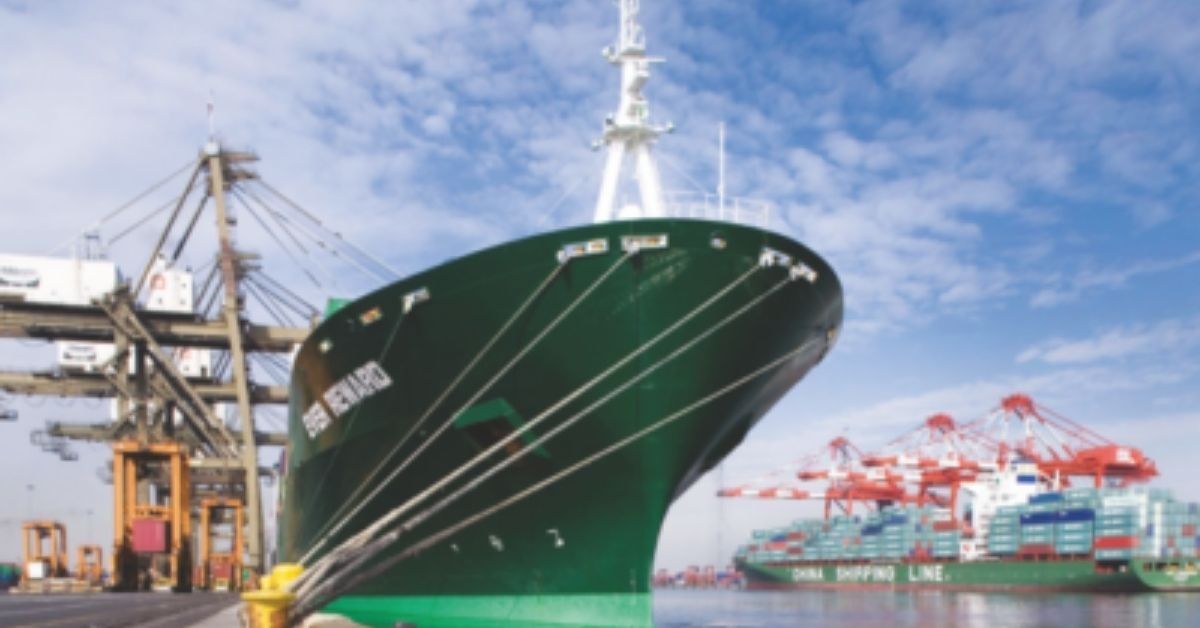Bangladesh’s second seaport, Mongla, on the River Pashur, is located in the Sundarbans, a vast forest on the Ganges Delta. Sun Chuanbo and his local and fellow colleagues have been working on a river channel in the Sundarbans that leads to the Mongla seaport in Bangladesh. Chuanbo had joined the Chinese Joint Venture (JV) firm of CCECC (China Civil Engineering Construction Corporation) and JHCEC (Jianshu Haihong Construction Engineering Company Limited) about a year before, dredging the port channel to improve navigability for ships with draughts of more than 9.5 metres, posing a challenge to Bangladesh’s main port of Chattogram.
The current depth of the shallow Pashur channel is less than 5.5 meters, meaning Mongla is underutilized.
The outer bar area of Mongla has already been dredged by another Chinese JV including CCECC, resulting in the new commission to take work further. Dredger Xin Zi Lang 5 started work in July last year. The vessel can operate in complex conditions with high precision. The others, cutter-suction dredgers Xin Hai Teng and Xin Hai Xu, are the two largest ships of their kind in the world.
Through the construction of the Padma bridge and rail link, Mongla will be a gateway to Bhutan, India and Nepal, connected to capital Dhaka and handling trade from the north and southwest.
Rear Admiral Mohammed Musa, chairman of Mongla Port Authority, said the 7.5 billion takas (86 million U.S. dollars) project is expected to be completed in June 2023. Around 85 million dollars of dredging work had already enabled vessels with drafts of 10 meters to berth at Mongla and the inner bar is now a bottleneck.
In the last financial year, Mongla handled 970 ships, generating 3.4 billion takas in revenue. These two dredging projects undertaken by Chinese firms have really made a lot of change in the development process. “We have made a record of 70 years since Mongla Port was established in 1950,” he added.
Mohammed Musa said that once the Padma Bridge becomes fully operational next year, the port will be more visible in terms of its direct contribution to the national economy. Mongla has the potential to handle 10,000 ships by 2050.
The Padma bridge will be opened later this year, making Mongla the closest port to Dhaka at 170 km, he said.
“They (Chinese firms) even did not stop for a single day,” he said with much appreciation for the brilliant job to bring the “dead port” to life in massive tasks.
“Mongla Port Authority has given us great support for our work,” said Sun. “We’re making persistent efforts to complete fast the project and contribute to the development of Bangladesh and deepen further friendship between China and Bangladesh,” he mentioned while working alone on one of the giant Chinese dredging facilities stationed near Sundarbans.








One Response
Mongla port related dredging indirectly questioning the Chittogong port’s existence or improvement vide our own Kolkata port’s viability via deep sea or otherwise! A Chinese ploy to Govern the region through our Riverine transaction viz Economy path!